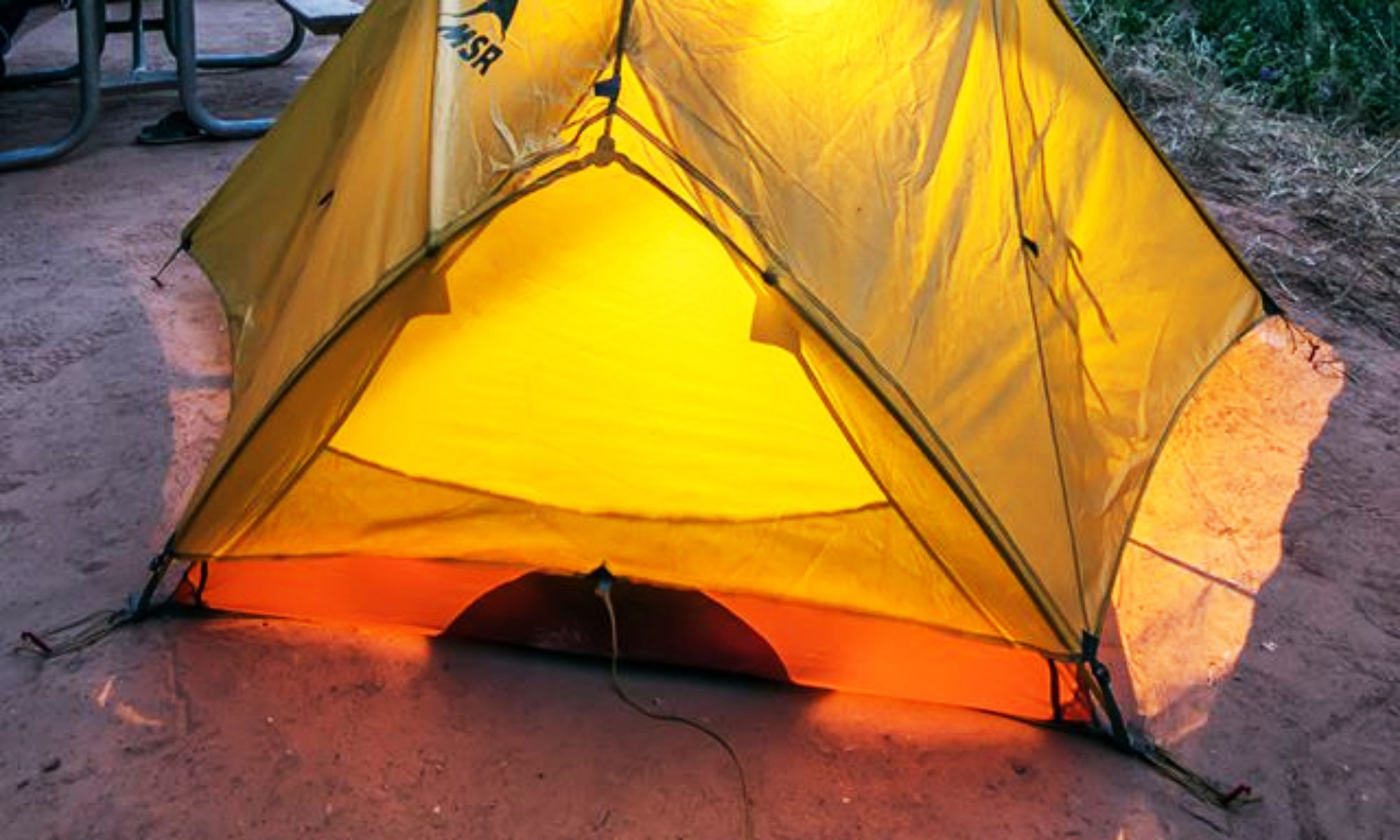The Content of this page is under construction
Hypothermia is a very serious consideration when backpacking, hiking, and camping in remote areas, being in cold water, being in cool water with cold air temperatures, or getting your clothes soaked from rain or snow.
Any condition that may lower your body temperature/core temperature. Time for Hypothermia to set in, changes with conditions that cause chilling to take place at different speeds.
Being wet, then exposed to air, no matter how it occurs. Immediately starts a substantial chilling factor due to evaporation. If you are soaking wet and in the air, you will quickly start chilling to something colder.
You must first get completely dry. Cover with something dry and warm. Take in warm fluids to raise your bodies core temperature.
A common question comes up about swimming in the water in the Havasu Falls area. The water is a near constant 70°F year round. It feels refreshing on a hot summer day. Many even partake in colder months. The answer to the question is; “It depends on the individual”. It depends on air temperatures, and it depends on your length of exposure.
Hazards of being in cold water
Our info is based on getting in the water anywhere.
One rule of thumb someone threw at us is: When the combined, temperature of the water, plus the temperature of the air, adds up to 120°F. Or any value less than that, you have a risk of hypothermia. As this combine value goes down from 120, hypothermia sets in more quickly.
That rule of thumb may be true for short term exposures. But long term exposures not so much.
Using this rule and knowing Havasu Falls water is about 70°F ( 120-70=50) Hypothermia is going to take place when air temperatures are 50°F or below.
In reality any temperature below your body temperature is going to start dropping your core temperature. The longer the exposure, or the larger the difference in temperatures the quicker it would take place.
Meaning if you stayed in 70°F water on a hot summer day, long enough. You could trigger hypothermia.
If you are rain soaked on an otherwise cool spring or fall day. Even in the summer. And you allow that wet exposure with evaporation to maintain long enough. You could trigger hypothermia.
Wind can accelerated evaporation and chilling factors.
You physically activity during any of this also is a undermining factor. If you are rain soaked, wet and cold. You can’t get dry or warm in place. The best thing to do is start hiking to the nearest point you can. Pick up the pace as needed to keep warm and prevent going into Hypothermia.
![]()
